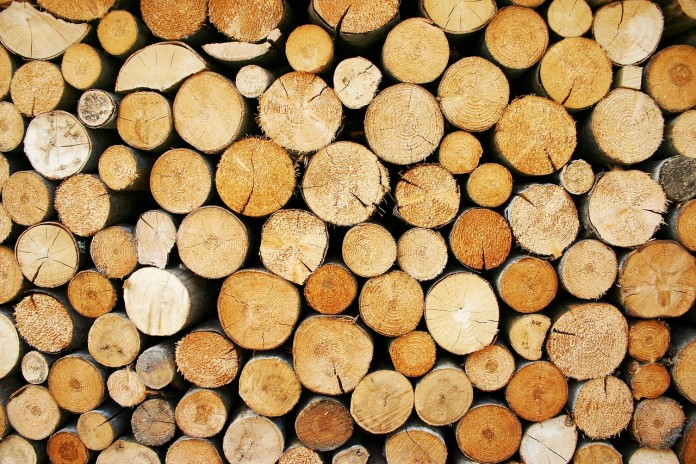LONDON, Ohio — Lee Beers said he saw low-impact logging, lots of it, when living in Maine during graduate school.
He says it can work in Ohio, too.
“I was surprised at the lack of awareness about this practice in Ohio,” said Beers, who moved here in January to start his job as an educator with Ohio State University Extension in Trumbull County. “This is a common logging practice in New England, and it would have value with Ohio forests.”
Compared with full-scale logging, low-impact logging uses smaller and more specialized equipment, he said.
The practice has several goals: less erosion and compaction of the soil, less damage to surrounding trees and land, and a smooth start toward healthy regeneration of the forest.
“Low-impact logging can be applied at any scale,” said Beers, whose expertise is in agriculture and natural resources. “But it’s better-suited for smaller woodlots as it’s not the most efficient method for removing large volumes of timber.”
Presentation
At his Sept. 21 talk at Farm Science Review, he’ll shed light on the practice presenting “Low-Impact Logging: Is It Right for You?” from 1:30 to 2:30 p.m. Sept. 21 in the FSR 67-acre Gwynne Conservation Area.
“If you have a smaller woodlot that you’re thinking about logging, this would be a nice introduction to the practice as an alternative to full-scale logging,” Beers said.
Also useful should be some three dozen other talks set for the Gwynne area during FSR, all on natural-resource topics, from trees to bees to fish to wildlife.
All the Gwynne talks are free with admission to FSR. Free, continuously running wagon shuttles will run from the west end of the Review’s main grounds to the nearby Gwynne site.










